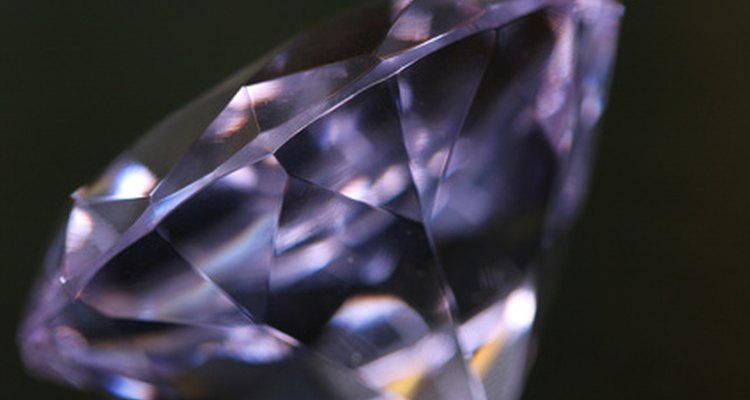
Both the white spinel and cubic zirconia are gemstones; however the white spinel is a natural gemstone mineral, whereas the cubic zirconia is man-made. The two are commonly used to replace higher-end jewelry, such as diamonds and precious gems.
Cubic Zirconia Characteristics
A cubic zirconia is, "well known as a substitute for a diamond, due to its high hardness and great fire," according to Emporia.edu. The stone is a form of zirconium oxide that is created in a laboratory. Because it is man-made, it is not considered a mineral. A cubic zirconia is made in many different colors, but is most commonly seen as colorless to replicate a diamond. The stone is very inexpensive and, "to the untrained eye, cubic zirconia looks identical to a good quality diamond, but has slightly less brilliance or sparkle than a diamond."
White Spinel Characteristics
A pure spinel is white, but is most often seen in many different colors, such as red, pink and black. Spinels are well-known for replicating rubies when red in color. The white spinel is rare and, "relatively unknown to the common consumer," says GemTradeNet. Like cubic zirconias, white spinels have also been used as a replacement for diamonds. The stone is most often found in Burma, Sri Lanka and Africa.
Considerations
When deciding on a less-expensive replacement for a diamond, consider that the cubic zirconia is more widely available and very inexpensive, whereas the white spinel is harder to find and slightly more expensive. Cost for both can depend on a wide variety of factors from size to shape. As for durability, both the white spinel and cubic zirconia have a hardness of approximately eight, on a scale of one to 10. According to Emporia.edu spinel is "one of the hardest minerals in nature." Diamonds have a hardness of 10.
Related Articles
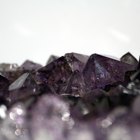
Types of Valuable Crystals

Tanzanite Vs. Diamonds

Metal Types for Rings Similar to ...
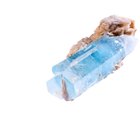
List of the Types of Semi-Precious ...

Information on African Rubies

What Is 916 in Jewelry?

The Value of Commercial Grade Diamonds

Sterling Silver vs White Gold Wedding ...
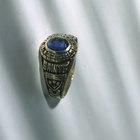
Metals for Class Rings of the 1980s

What Is the Difference in K and KT in ...
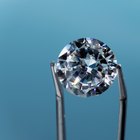
Strontium Titanate Vs. Diamond
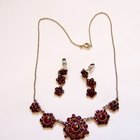
Difference Between Manmade & Natural ...

Tungsten Rings Vs. Stainless Steel Rings

How Valuable Is a Garnet in Carats?
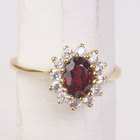
Physical Characteristics of the Ruby ...

How to Clean Sterling & Turquoise ...
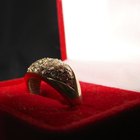
What Is 18 Carat Gold?
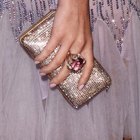
How to Tell If a Gem Is a Kunzite?

What Is White Buffalo Turquoise?

White Vs. Yellow Popcorn